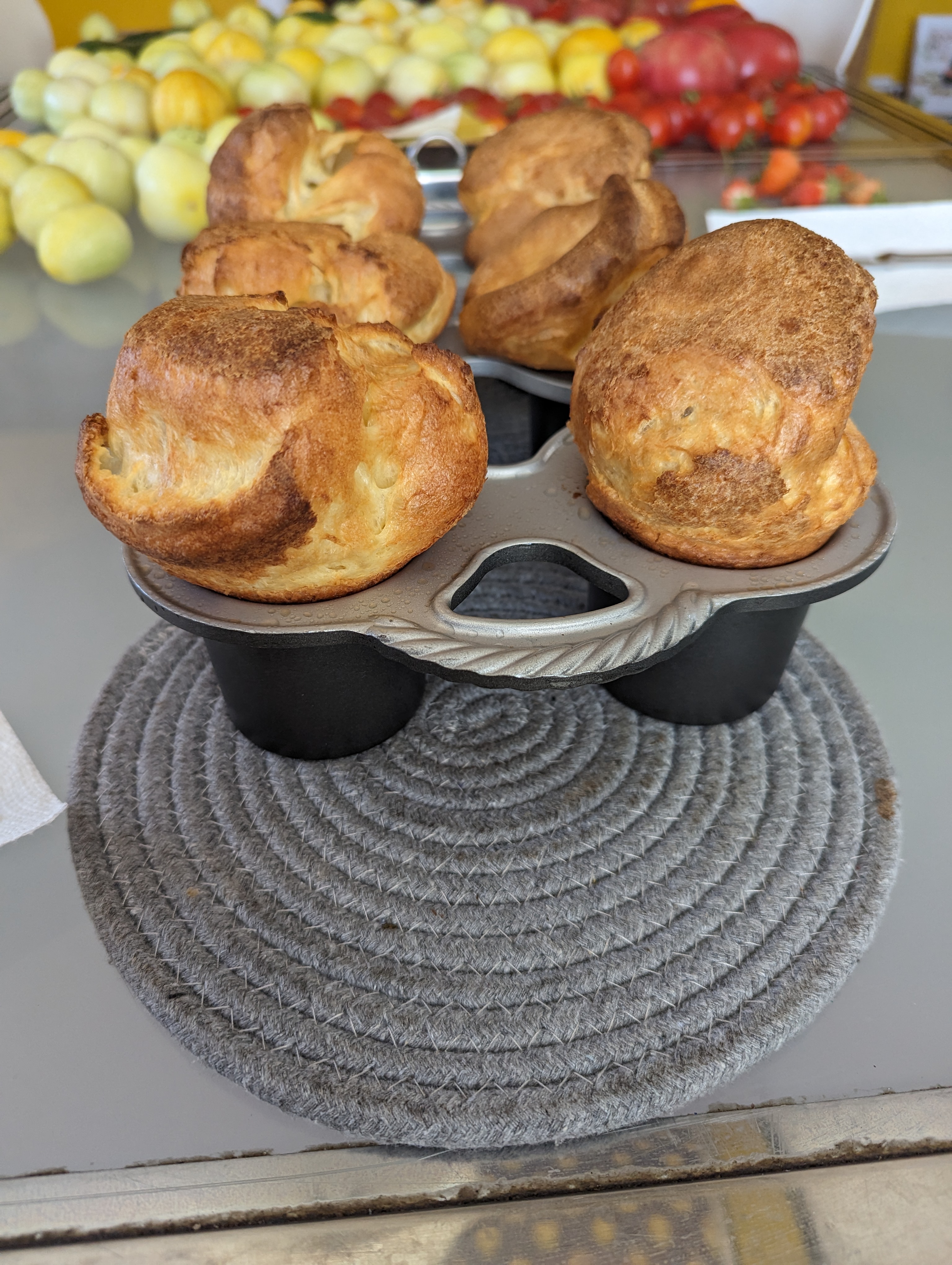Chinese PC manufacturer CWWK has released an interesting Mini PC design that mainly seems to be composed of an elevated heatsink and a sideways, open PCIe x8 slot. The CWWK Mini PC, spotted by Liliputing, is dubbed the "Magic PC" by its maker and has garnered attention for its unique design.
Of note before proceeding is that the gap created by the stand at the bottom is the only protection provided for the motherboard beneath the heatsink, and of course, any PCIe extensions will also need to live in the open air. You'll want to take some precautions with your setup and environment if you plan on running just about anything this way. Liliputing recommends the usage of some kind of stand beneath any expansion cards you mount to this thing, and we agree with that assessment.
That said, the device certainly looks pretty unique and could end up turning out to be a fun pet project. It comes in Green, Black, and Blue color variations. You can also choose to buy it in a "barebones" configuration with just the chassis, motherboard, and CPU, if you have your own compatible RAM/storage/etc to use with it.
Additionally, you have three Intel 12th Gen Alder Lake CPUs to pick from (relevant AliExpress listings linked below):
RECOMMENDED VIDEOS FOR YOU... Intel N100 CPU — Starts at $214 for a barebones kit. The N100 is a 4-core, 4-thread 12th Gen CPU with a TDP of 6 Watts and a max clock of 3.4 GHz. Intel N200 CPU — Starts at $261 for a barebones kit. The N200 is a 4-core, 4-thread 12th Gen CPU with a TDP of 6 Watts and a max clock of 3.7 GHz. Intel Core i3-N305 CPU — Starts at $320 for a barebones kit. The Core i3-N305 is an 8-core, 8-thread 12th Gen CPU with a TDP of 15 Watts and a max clock of 3.8 GHz. As far as other specs go, the CWWK Magic Computer can be outfitted with up to 2TB SSD storage and up to 32GB of DDR4 RAM. The maximum RAM speed supported by any of the CPUs listed above is 4,800 MT/s, though the board itself apparently supports up to 5,600 MT/s.
If a mini PC design like this interests you, we recommend checking out the original listing. Beyond the details we've discussed here, there are some nifty graphics included showing different ways to use the PCIe slot, as well as an optional fan attachment for those who don't trust passive cooling like that.
Before you get too ambitious with this one, though, be mindful that that PCIe slot everyone's been talking about is only a PCIe Gen 3 x8 slot... restricted to x4 bandwidth. If you want to go mad with power and plug a GPU into this one, be sure that it's still a low-power design that can function on x8. Just as a general rule of thumb, don't expect to play anything above 60 FPS on this, regardless of the attached GPU— the bandwidth limitations are simply too severe for most modern cards to enable high frame rates.


